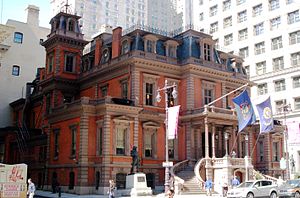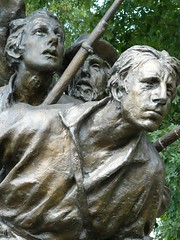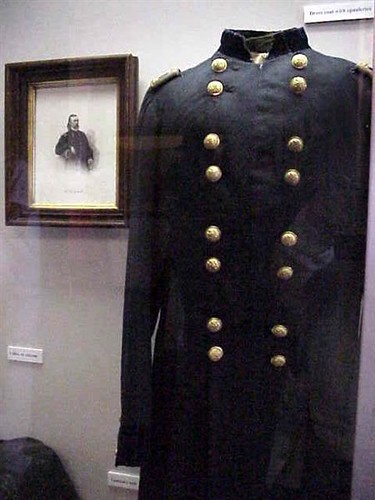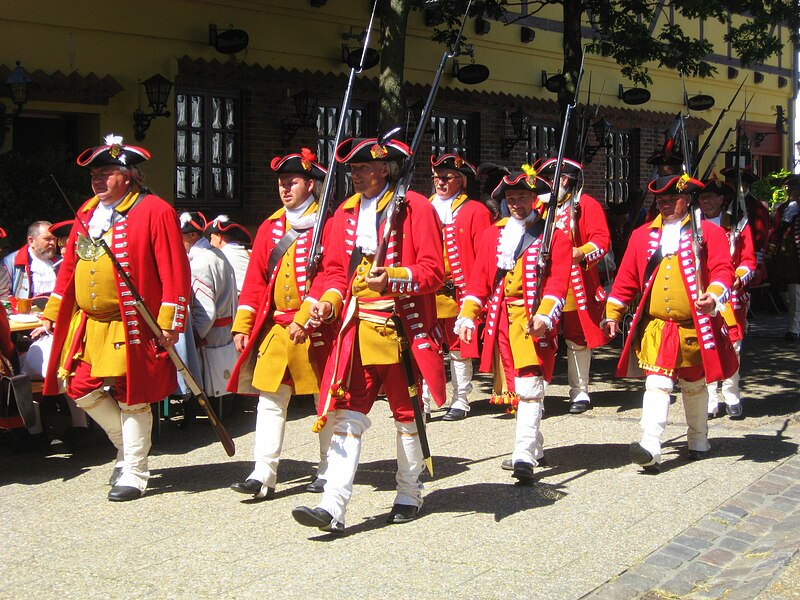Just received a press release about this new documentary about a group of Yale college students who became one of the first American flyers to serve on the front lines in World War I. Although affluent, they didn't use excuses to avoid serving their country in a very brutal war.
"THE MILLIONAIRES' UNIT tells the unsung story of a group of Yale college students who became the founding squadron of the U.S. Naval Air Reserve in World War I by taking the initiative to learn to fly in preparation for America’s entry into the Great War.
The award-winning film (2015 G.I. Festival Best Documentary Feature, Garden State Film Festival winner, official selection of the Kansas City FilmFest, official selection of the Newport Beach Film Festival, official selection of the Julien Dubuque International Film Festival) charts the romantic, little-known story of the origins of American airpower and features very rare archival footage and thrilling dogfighting sequences filmed air-to-air with replica WW1 planes, some with original engines.
Inspired by Marc Wortman’s book The Millionaires’ Unit, the documentary film has been developed and produced by descendants of the First Yale Unit. Oscar-nominated narrator Bruce Dern, filmmaker Ron King, and producers Harry Davison and Mike Davison are grandnephews and grandsons of FYU members."
 |
 |
 |



































